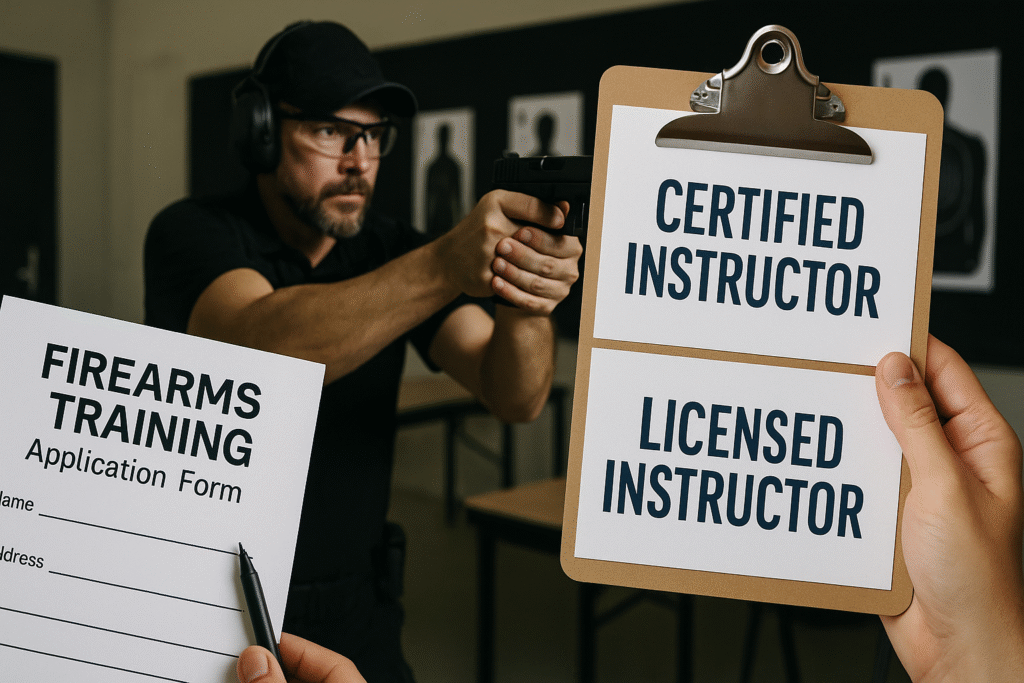Share this article
Be a Hard Target: Civilian Tradecraft for Everyday Life
Thesis: Control Is More Lethal Than Chaos
Predators hunt easy problems. Your job is to be expensive—psychologically, physically, and procedurally. A hard target is not loud or theatrical. It’s quiet competence that raises the attacker’s cost: uncertainty, extra work, attention, witnesses, time. Most threats move on.
Commandment: You don’t look like someone who wants trouble. You look like someone who can end trouble.
Layer 1 — Mindset: Shape Perception Before the Threat Forms
This starts in your head and broadcasts through your body.
-
Calibrated calm: Breathing steady. Eyes engaged. No fidgeting.
-
Purpose cues: You move with intent. Economy of motion. No wasted steps.
-
Hands visible: Relaxed, ready to act. Not buried in pockets or a phone.
-
Neutral face, neutral tone: Assertive without posturing. No “challenge energy.”
Why it works: Humans run cost–benefit in milliseconds. Your nonverbals say, “Aware, stable, not worth the gamble.”
Layer 2 — Biomechanics: Occupy Space Like You Mean It
Being hard to exploit is physics first, technique second.
-
Base: Feet shoulder-width, slight forward bias; center of gravity low and mobile.
-
Spine & shoulders: Tall through the crown; shoulders relaxed, not rolled.
-
Gait: Deliberate, smooth cadence. Avoid shuffling and frantic pivots.
-
Micro-adjustments: Subtle stance changes to maintain balance when jostled—no overreactions.
-
Proxemics: Keep strangers out of your “hands-on” zone. Quarter your stance when approached.
Result: Reduced wobble, better reaction windows, less telegraphing of fear or indecision.
Layer 3 — Awareness: Your Perimeter Is Your Responsibility
Attention is a skill. Train it as deliberately as marksmanship.
-
Short visual sweeps: Entries, exits, cover points, crowd flow, outliers.
-
Baseline vs. anomaly: Notice what doesn’t belong—fixations, unnatural pacing, scanning hands, hiding hands.
-
Decision rules: Preload “If X, then Y” scripts (e.g., If someone shadows me to the car, I change direction and seek staff/witnesses.).
-
Parking lot discipline: Look before you unlock. Doors, windows, corners, undercar boresight—fast, consistent checks.
-
Phone control: Head up in transitional spaces. Delay the scroll until you’re stationary and secure.
Target effect: You’re not hypnotized. Predators see it and keep walking.
Layer 4 — Stress Conditioning: Make Pressure Your Native Environment
Under adrenaline, fine motor skills degrade. Build deliberate responses.
-
Stress inoculation: Timed drills, awkward starts, surprise cues.
-
Breath control: Box or combat breathing to hold cognitive bandwidth.
-
Scenario reps: Simple, repeatable scripts—verbal boundary, move to cover, call for help.
-
After-action habit: Quick mental debrief: what you saw, what you did, what you’ll tighten.
Goal: Neural efficiency, not bravado. You act on training, not panic.
Layer 5 — OPSEC: Raise the Cost to Target You
Information is a weapon—don’t hand it out.
-
Routines: Vary routes and timing. Add low-friction randomness.
-
Social media: No real-time locations; delay posts. Kill geotags.
-
Compartmentalize: Don’t give any single vendor or platform the full picture.
-
Metadata hygiene: Disable auto check-ins. Prune app permissions.
-
Decoys: Benign inconsistencies (lights on timers, alternate parking spots) frustrate profiling.
Outcome: An adversary can’t get reliable signals. Many will abandon the plan.
Layer 6 — Behavioral Calibration: Send the Right Signals
Micro-behaviors tilt decisions.
-
Eye contact: Brief, steady, then break—not a stare-down.
-
Voice: Low, clear, concise; no apologies for asserting space.
-
Distance & angle: Half-step off-line. Quartered stance communicates readiness without aggression.
-
De-escalation posture: Hands visible chest-level; palms out if needed; feet set to move.
Rule: Confidence is quiet because it doesn’t need witnesses.
Layer 7 — Equipment, Carriage, and Practicalities
Tool choice should support posture, not create new problems.
-
Clothing: Neutral, functional, and mobile. Nothing flashy, nothing “tactical billboard.”
-
Footwear: Prioritize traction and stability; you can’t fight what you can’t chase or exit.
-
EDC: Only what you can deploy under stress. Keep it consistent.
-
Lighting: A small handheld light buys awareness on demand.
-
Medical: Minimal trauma gear you actually know how to use.
Legal reality: Know your state’s use-of-force laws. Prevention and disengagement are wins. Force is a last resort, within the law.
What Predators Read (and You Can Control)
-
Target fixation reversed: You scan them back—calmly.
-
Isolation denied: You move toward light, staff, cameras, or groups.
-
Ambush angles collapsed: You give wide berth to blind corners and pillar hides.
-
Access blocked: Car doors lock, bag zippers close, valuables not visible.
-
Time stolen: You slow the moment by asking a question or changing direction—forcing them to re-plan.
Each action adds friction. Friction deters.
Drills You Can Do This Week
60-Second Sweep: Enter any space and identify exits, cover, and two anomalies—every time.
Confidence Walk: 5-minute city block with head up, eyes scanning, hands free. No phone.
Boundary Script: Practice a neutral, firm line: “Can I help you?” or “No thanks, I’m good,” while stepping off-line.
OPSEC Audit: Kill geotags, review privacy settings, vary one routine immediately.
Breath Discipline: 4×4×4×4 box breathing whenever you catch your jaw clenching.
Vehicle Entry: Keys staged, 360 glance, unlock once you’re there, enter, lock, start, move.
Consistency > intensity.
Common Mistakes (Fix Them Now)
-
Broadcasting capability: Overtly tactical apparel, bumper stickers, or online bravado invite attention.
-
Distracted movement: Phone, headphones, and bags in both hands—max vulnerability.
-
Telegraphing fear: Darting eyes, frantic pace, collapsing posture.
-
Arguing with drunks or the unstable: Your win is exit, not dominance.
-
No plan for the “almost”: Ignoring the guy shadowing you “because it feels rude” is how problems start.
The Valortec Standard: Quiet Command, Lawful Conduct
We train civilians to project readiness without provocation: biomechanics to control space, awareness to detect early, OPSEC to deny targeting, communication to de-escalate, and—only if unavoidable—lawful, proportionate defensive action. You don’t win Instagram. You win the street and keep your freedom.
Hard-Target Checklist (Print This)
-
Posture tall, hands visible, phone away in transit
-
Eyes scan entries, exits, blind corners, outliers
-
Quartered stance when approached; assertive but neutral voice
-
Vary routes/times; kill live location data
-
Preloaded scripts: boundary → move → seek staff/witnesses → call
-
Breath control under pressure; debrief every encounter
Call to Action
You don’t need to look dangerous. You need to look expensive to harm. Train with Valortec to build the habits that make you a hard target—every day, everywhere.
Train smarter. Move quieter. Be harder to hunt.
Disclaimer: Educational content only, not legal advice. Know and follow all applicable laws in your jurisdiction.






